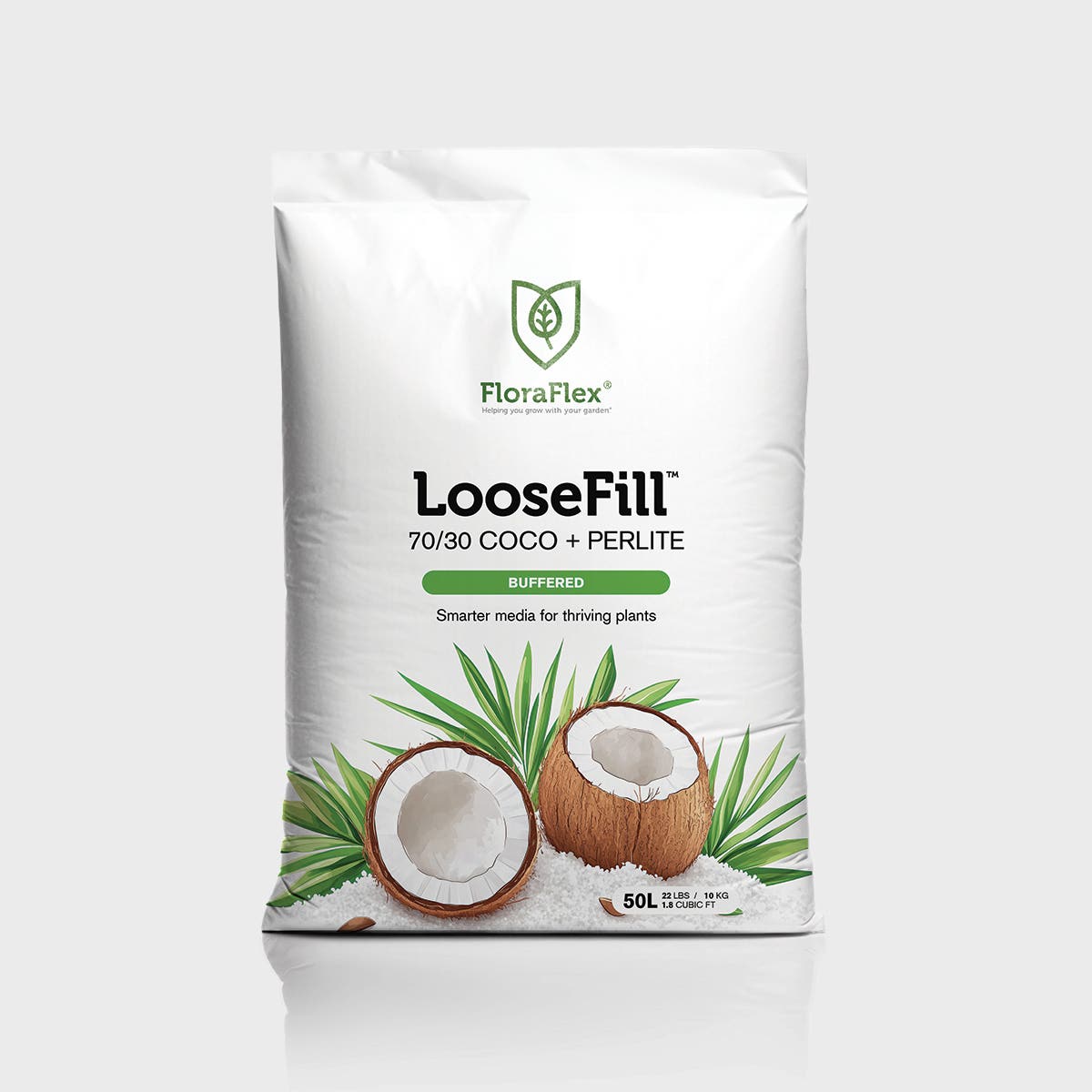Understanding the Importance of Odor Control in Cannabis Grow Rooms and Tents
Cannabis cultivation has gained significant attention and popularity in recent years, thanks to the growing acceptance and legalization of cannabis for both medicinal and recreational purposes. As the industry continues to expand, it becomes crucial for growers to address the challenges associated with cannabis cultivation, including the issue of odor control in grow rooms and tents. In this article, we will explore the importance of odor control in cannabis cultivation and discuss various methods and technologies used to mitigate odor-related concerns.
Factors contributing to odor in cannabis grow rooms
The distinctive aroma of cannabis plants is primarily attributed to a group of organic compounds known as terpenes. These aromatic compounds are secreted by the cannabis plant and are responsible for the diverse range of scents found in different strains. While terpenes contribute to the unique characteristics of cannabis, they also pose a challenge for growers due to their pungent and easily detectable nature.
In addition to terpenes, volatile organic compounds (VOCs) emitted by the plants also contribute to the odor. VOCs are organic chemicals that easily vaporize at room temperature and can have adverse effects on air quality and human health. As cannabis plants metabolize and release these compounds, the concentration of odor increases in the surrounding environment.
Risks and challenges associated with odor in cannabis grow rooms
The odor produced by cannabis cultivation can have various repercussions for growers. From a legal standpoint, many jurisdictions have regulations in place to control odor emissions from cannabis facilities. Failure to comply with these regulations can result in fines, penalties, or even the closure of the cultivation operation.
Odor issues can also lead to complaints from neighboring communities. The strong and pervasive smell of cannabis can be a nuisance for residents living in close proximity to grow facilities. These complaints can have negative consequences for the cultivator's reputation and may strain community relations.
Furthermore, the presence of strong odors in cannabis grow rooms can indicate poor air quality and ventilation. Accumulation of VOCs and other airborne contaminants can pose health risks to growers and workers within the facility. Proper odor control measures are therefore crucial for maintaining a healthy and safe working environment.
Odor control methods and technologies
To tackle the challenges associated with odor in cannabis grow rooms, various methods and technologies have been developed. One of the most common approaches is the use of carbon filters and scrubbers. These devices contain activated carbon, which adsorbs and neutralizes odor-causing molecules, thereby reducing the smell emitted from the cultivation area.
Another method employed in odor control is the use of ozone generators. Ozone is a highly reactive gas that can effectively neutralize odors. However, caution must be exercised when using ozone generators as high concentrations of ozone can be harmful to humans and plants. Proper ventilation and monitoring are essential when employing this technology.
Additionally, advanced air purification systems equipped with HEPA filters and UV sterilization can help eliminate odor particles and sanitize the air within grow rooms. These systems are designed to remove contaminants, including odor-causing compounds, and ensure a clean and odor-free environment.
Best practices for effective odor control
In addition to using odor control technologies, implementing certain best practices can significantly enhance odor control in cannabis grow rooms. When constructing grow rooms, using proper sealant techniques can prevent the leakage of odor into surrounding areas. Well-sealed rooms with airtight doors and windows minimize the escape of odor and maintain a controlled environment.
Integrated Pest Management (IPM) strategies can also contribute to odor control. By effectively managing pests and diseases, growers can minimize the need for pesticides and reduce the release of odorous chemicals resulting from pest infestations.
Regular monitoring and maintenance of odor control systems are essential to ensure their effectiveness. Filters should be replaced or cleaned regularly, and the overall functionality of the systems should be checked periodically.
The role of odor control in maintaining a sustainable and responsible cannabis industry
Effective odor control is not only crucial for legal compliance and community relations but also plays a vital role in maintaining a sustainable and responsible cannabis industry. By preventing odor emissions, growers can minimize their environmental impact. Odor control technologies and practices help reduce the release of VOCs and other harmful airborne contaminants into the atmosphere.
Moreover, prioritizing odor control demonstrates social responsibility towards neighboring communities. By addressing odor-related concerns, cannabis cultivators can foster positive relationships with the residents and businesses around their facilities, thereby enhancing the industry's reputation and acceptance.
In conclusion, understanding the importance of odor control in cannabis grow rooms and tents is essential for cultivators aiming to maintain compliance, protect the environment, and uphold community relations. By implementing effective odor control methods and technologies, growers can mitigate odor-related challenges and create a sustainable and responsible cannabis industry.
FAQs
-
Q: Are carbon filters the most effective method for odor control in cannabis grow rooms?
- A: Carbon filters are widely used and highly effective in neutralizing odor-causing molecules, making them a popular choice for odor control. However, the choice of the most suitable method depends on various factors, including the size of the grow operation and the specific odor control requirements.
-
Q: Can ozone generators be harmful to humans and plants?
- A: Yes, ozone generators can be harmful if not used correctly. High concentrations of ozone can cause respiratory issues in humans and can also damage plant tissues. Proper ventilation and monitoring are essential when using ozone generators to ensure the safety of the environment and individuals.
-
Q: How often should odor control systems be maintained?
- A: Regular maintenance is crucial for the effectiveness of odor control systems. Filters should be cleaned or replaced as per the manufacturer's instructions, and the overall functionality of the systems should be checked periodically. The frequency of maintenance may vary depending on factors such as system capacity and usage.
-
Q: Is odor control only necessary for indoor cannabis cultivation?
- A: Odor control is important for both indoor and outdoor cannabis cultivation. However, indoor cultivation tends to require more attention to odor control due to the confined space and the need to maintain a controlled environment.
-
Q: How can odor control contribute to a sustainable cannabis industry?
- A: By minimizing odor emissions, cultivators can reduce the release of volatile organic compounds (VOCs) and other harmful airborne contaminants, thus minimizing their environmental impact. This contributes to a more sustainable cannabis industry and promotes responsible cultivation practices.








